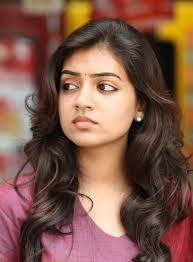V. K. Murthy Biography 
V. K. Murthy is the only cinematographer of Indian film history who has been awarded the highest honour – Dadasaheb Phalke Award, except Nitin Bose who was most known as a director and screenwriter as well. V. K. Murthy’s main contribution to Indian cinema was through cinematographer and doubtless he is the leading name of this technique section. He was awarded in the year 2008. He was a violinist and freedom fighter also, he has gone to jail. His association with Guru Dutt is most popular where Murthy worked as a cameraman. He is also a part of the history of Indian cinema as he was the cameraman who shot the first cinemascope of Indian cinema – Kagal ka phool in 1959 directed by Guru Dutt. He has been associated with Guru Dutt for many milestone movies of Indian cinema like Sahib Biwi aur Ghulam, Pyaasa and Aar paar. He was the cameraman who captured the beauty of Waheeda Rehman by his black and white camera through Guru Dutt movies. Chaudhvin Ka Chand needs special mention.
After the death of Guru Dutt, Murthy worked with Kamal Amrohi for his masterpiece, Pakeezah and Razia Sultan. He has worked with all leading directors of the industry and great directors like Shyam Benegal and Govind Nihalani need special mention. He also worked as cinematographer for Shyam Benegal’s Bharat Ek Khoj, for Doordarshan. He has received Filmfare Best Cinematographer Award twice and both are Guru Dutt movies – Kagaz ke phool in 1959 and Sahib Bibi Aur Ghulam (1962). He was given Lifetime Achievement Award at Amsterdam in 2005 by IIFA.
A few of the techniques used by Murthy in his films are still regarded as wonders. For example, the sun breaking through studio roof shot in Kaagaz Ke Phool was created by using a pair of ordinary mirrors to get a parallel beam. A few other movies of Murthy as a cinematographer are Love in Tokyo, 12 O’ clock, Jugnu, Suraj, Naya zamana, Baazi, Jaal and Ziddi.
Published: N/A
Updated: November 19, 2013





.jpeg)
















